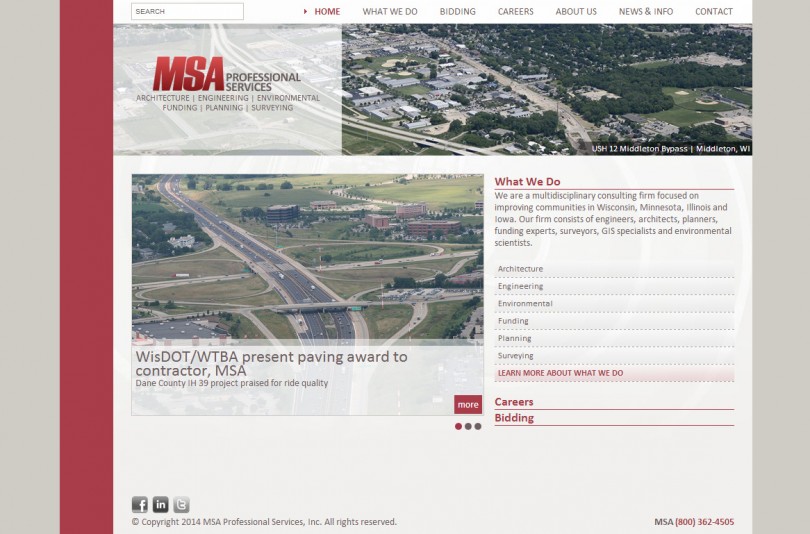Project Folder Automation
The company had a problem. Multiple file servers, one for each office location, meant there were multiple places a project could live. Organizing thousands of active projects was no easy task, especially if employees from multiple offices were working on the project. The structure for storage of these projects was hard to understand for the average employee, and they were the ones creating the folders. With no governance and lacking a full understanding of how to setup the folders and why, it was a mess. This is what I walked in on.
One of my first projects at the company was to address that. The Project Start Form (PSF) was a Word document inside the office templates. I used that as a base reference, and began creating a web application in VBScript. The accounting database, Sema4, was in an old FoxPro style database, and I used that to provide drop downs and checkboxes. I was able to very tightly control the user interface and make it as easy as possible. Not only that, once that Project Manager was identified, it was a lot like the finder selection in Vision, I would find the office of that employee and automate the folder creation process. I even created a shortcut in the employee’s home drive and saved a copy of the PSF data in the project folder. Once the tool was ready and tested, I took away the PSF office template and replaced it with a link to the intranet-based PSF. (more…)
